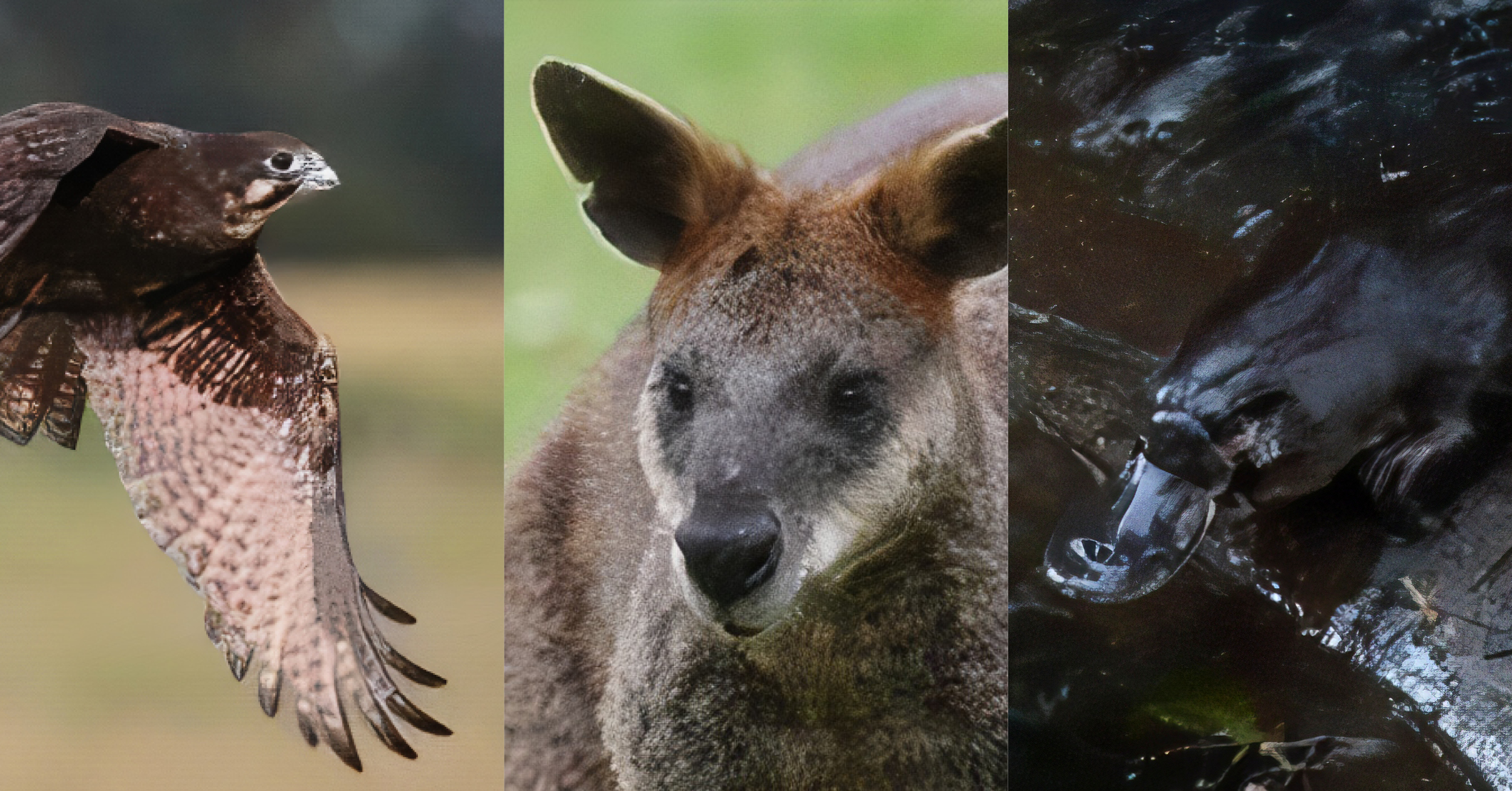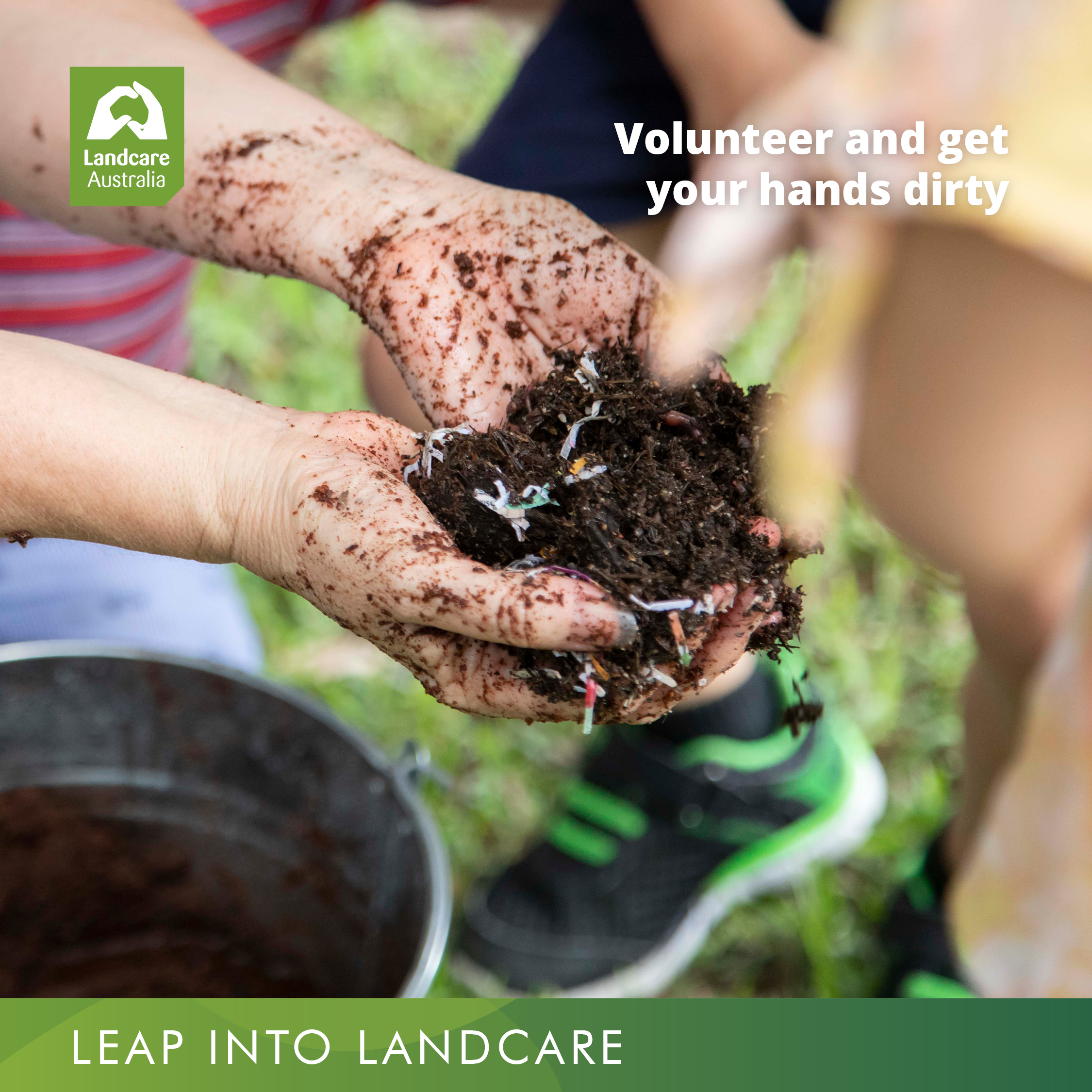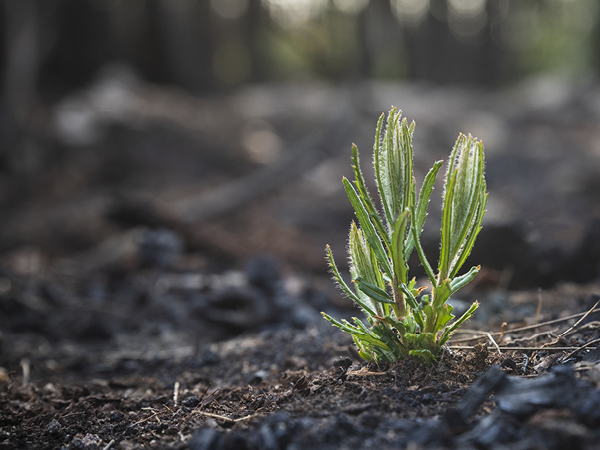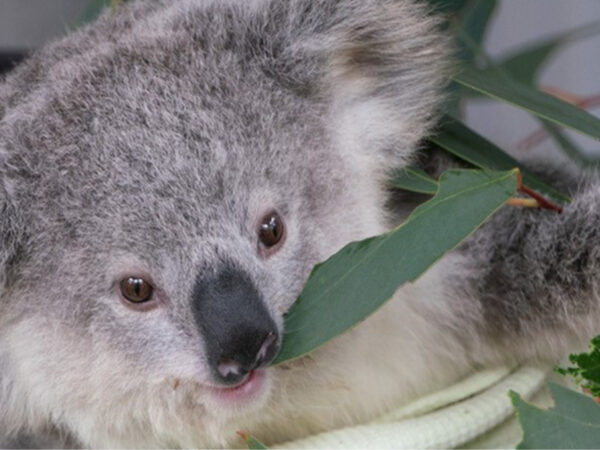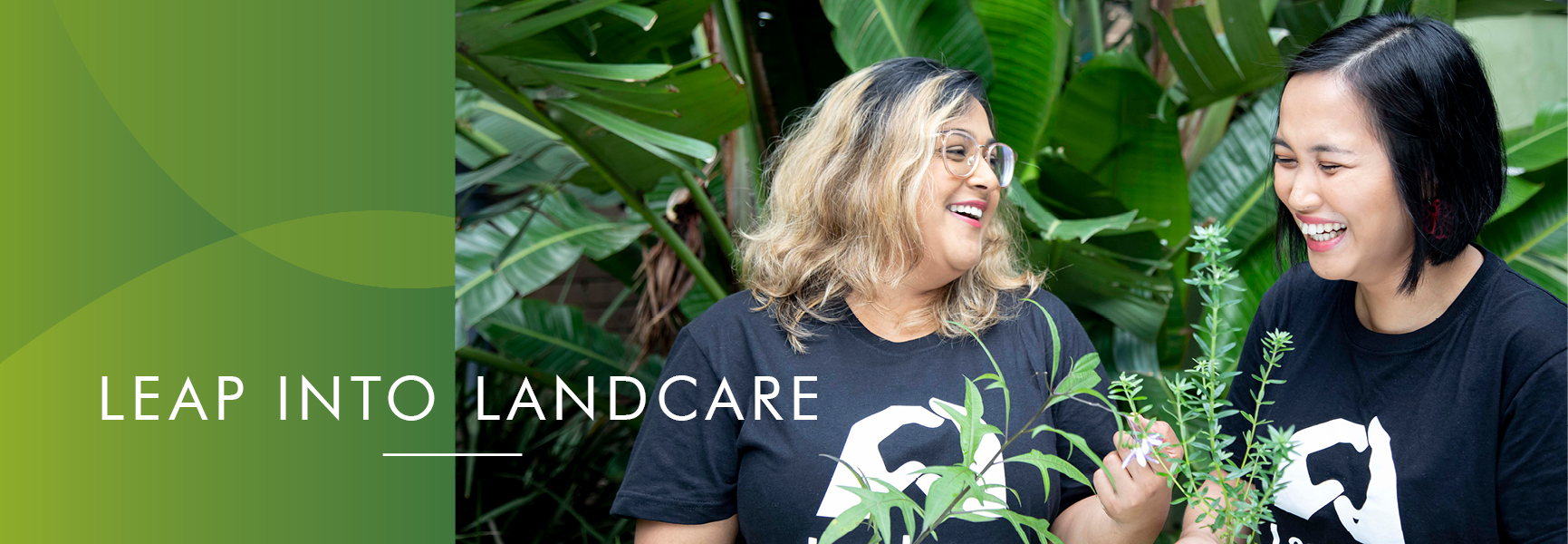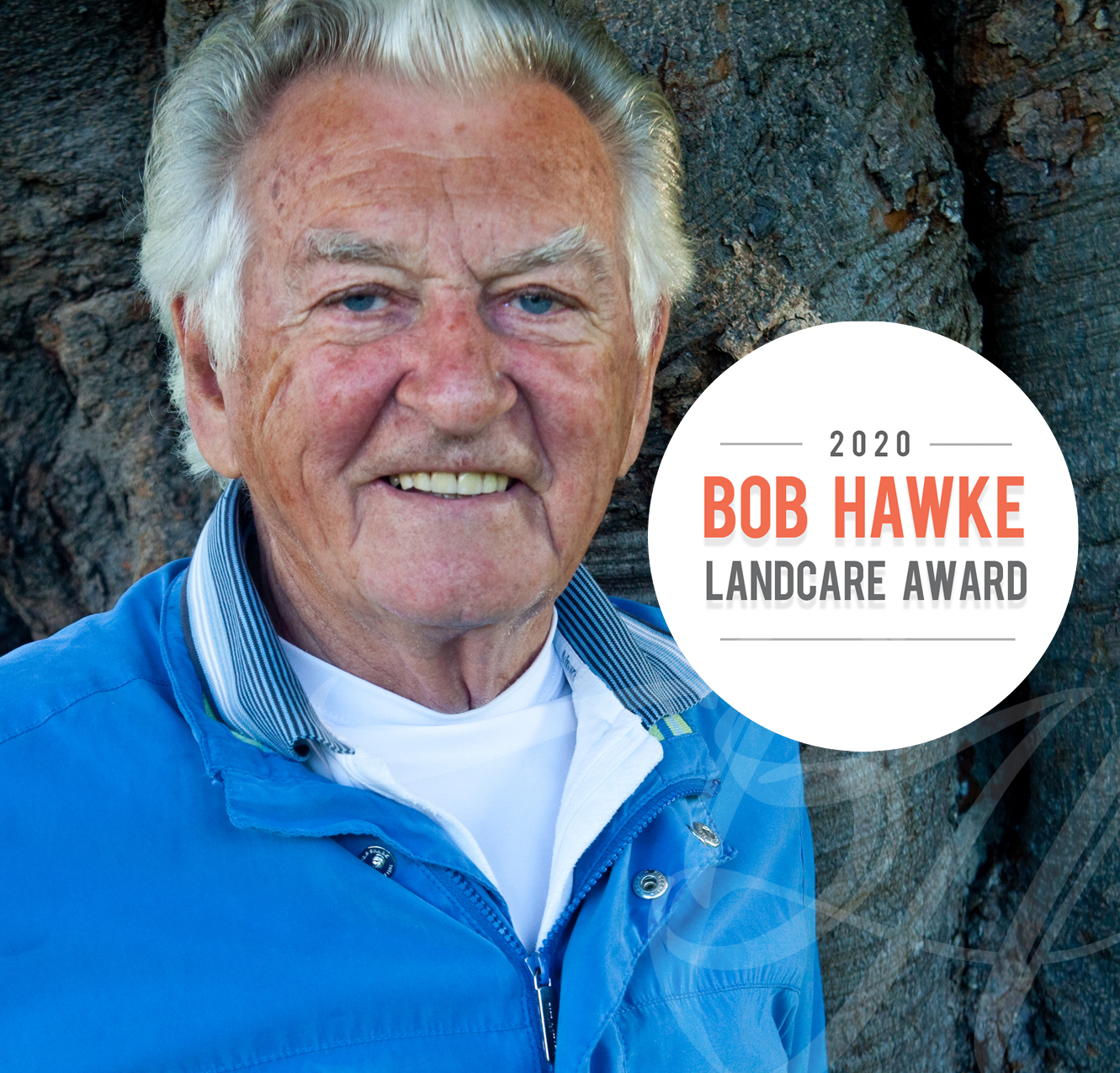

Landcare Australia has opened nominations for the 2020 Bob Hawke Landcare Award.
Monday 6 July 2020: The Bob Hawke Landcare Award is a prestigious, national award that publicly recognises an individual involved in championing Landcare and inspires others to take action on their own property or through a Landcare group.
The award acknowledges a person’s leadership and commitment to Landcare, natural resource management and sustainable agriculture.
The Bob Hawke Landcare Award acknowledges the role that former Prime Minister, the Hon. Bob Hawke AC, played in elevating Landcare from a grassroots community initiative to a national movement with bi-partisan government support that endures today.
Minister for Agriculture, Drought and Emergency Management David Littleproud said Landcare unites farming communities across all commodities and regions.
“Australian farmers are among the most productive and efficient in the world,” Minister Littleproud said.
“We also farm more sustainably than just about any country on earth, and our clean green image is already paying off and helps us send our food all over the planet.
“This award is now more significant than ever, with our internationally-recognised clean green reputation helping to underpin our recovery from COVID-19.”
Landcare Australia CEO Dr. Shane Norrish says that the award recipient will be an individual who actively pursues, introduces and shapes innovative farming systems to improve productivity, profitability, sustainability, and the quality of our natural resources.
He said that “The award nomination is open to an individual who champions the uptake of sustainable agricultural practices and can demonstrate the adoption of improved practices among landholders as a consequence of this action. They will be closely involved in Landcare, and can demonstrate an outstanding commitment to local communities and drive community activity.
The Bob Hawke Landcare Award recipient will be awarded a prize package of $50,000 for further development of their knowledge and skills in sustainable land management to enable an even stronger contribution to Landcare.
The inaugural Bob Hawke Landcare Award was presented in 2012 to Lynne Strong, followed by Colin Seis in 2014 and Stephen Burgess in 2016.
Charlie Arnott was awarded the Bob Hawke Landcare Award in 2018. A biodynamic farmer and grazier, Charlie practices regenerative farming, organic, biodynamic and holistic grazing principles on his 5000 acre mixed farming property, Hanaminno, at Boorowa, NSW. He has been an active Landcarer since the inception of the Landcare movement in 1989, with previous roles in all levels of Landcare, from district groups to the Sustainable Farming ambassador for Landcare Australia. He is passionate about growing clean healthy meat, which he sells direct to customers and butchers under his brand Charlie Arnott Natural Grass Fed Meat. The Bob Hawke Landcare Award prize has helped Charlie create a podcast series launched in May call The Regenerative Agriculture Journey.
For more information about the Bob Hawke Landcare Award please visit: https://bobhawkelandcareaward.com.au/


